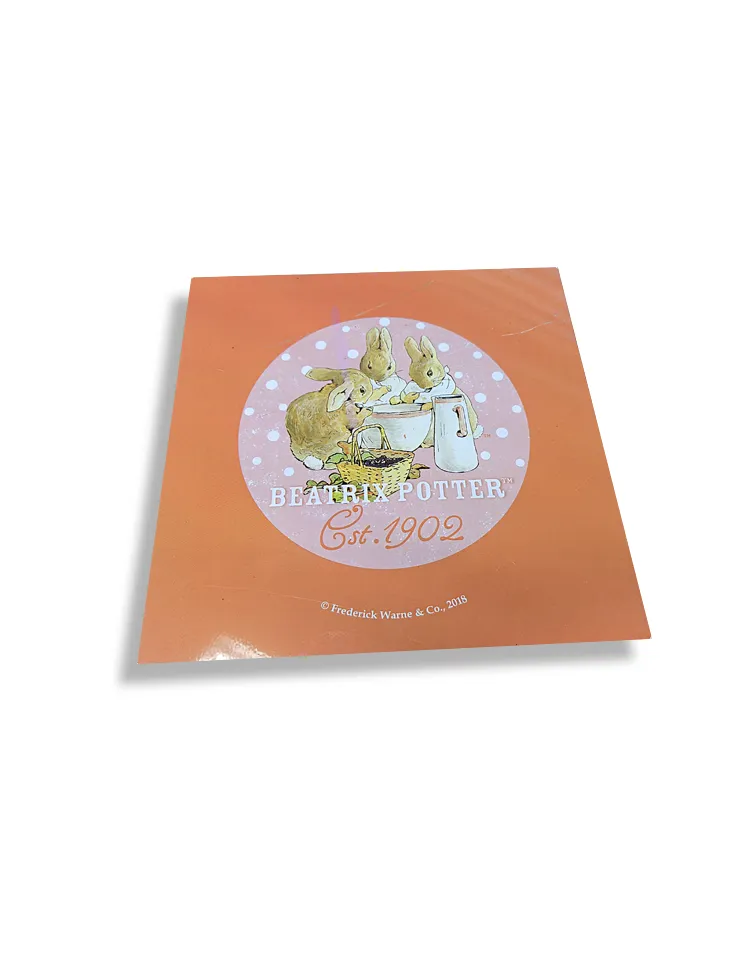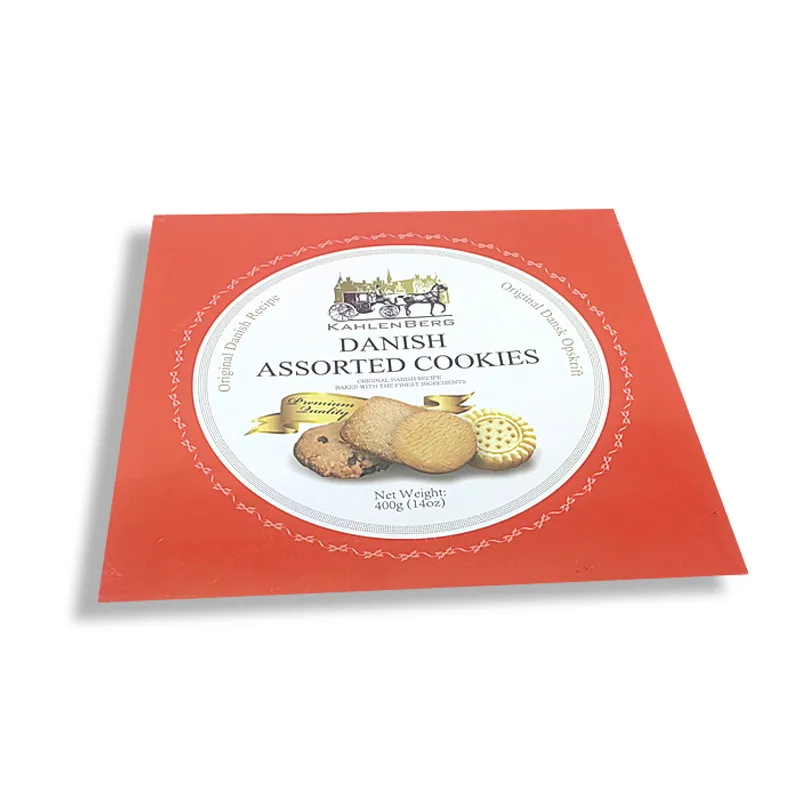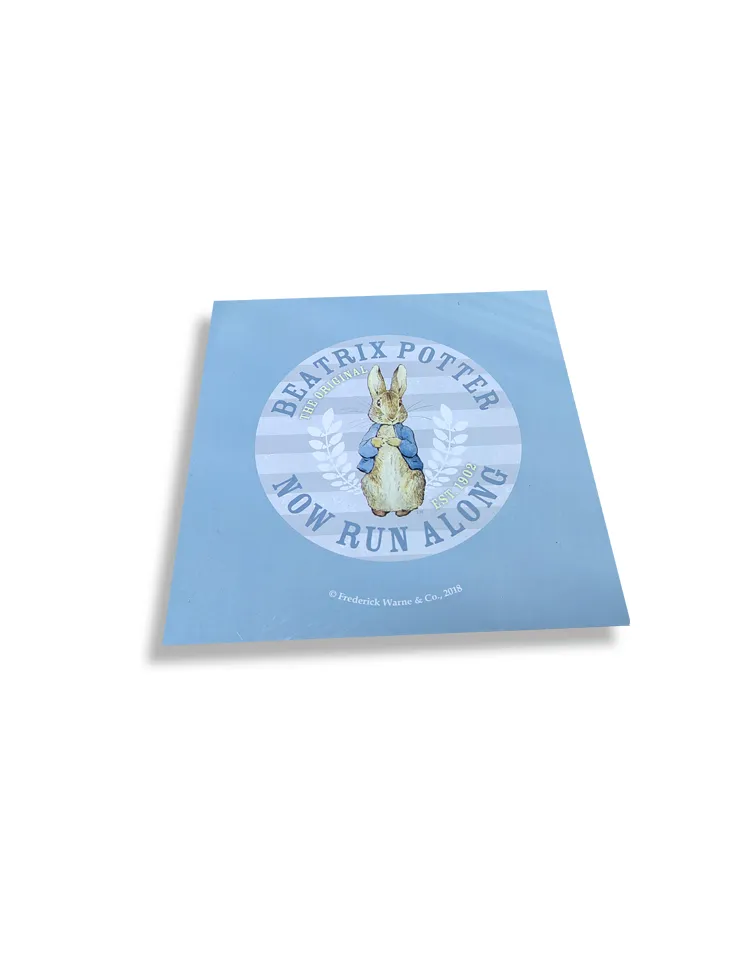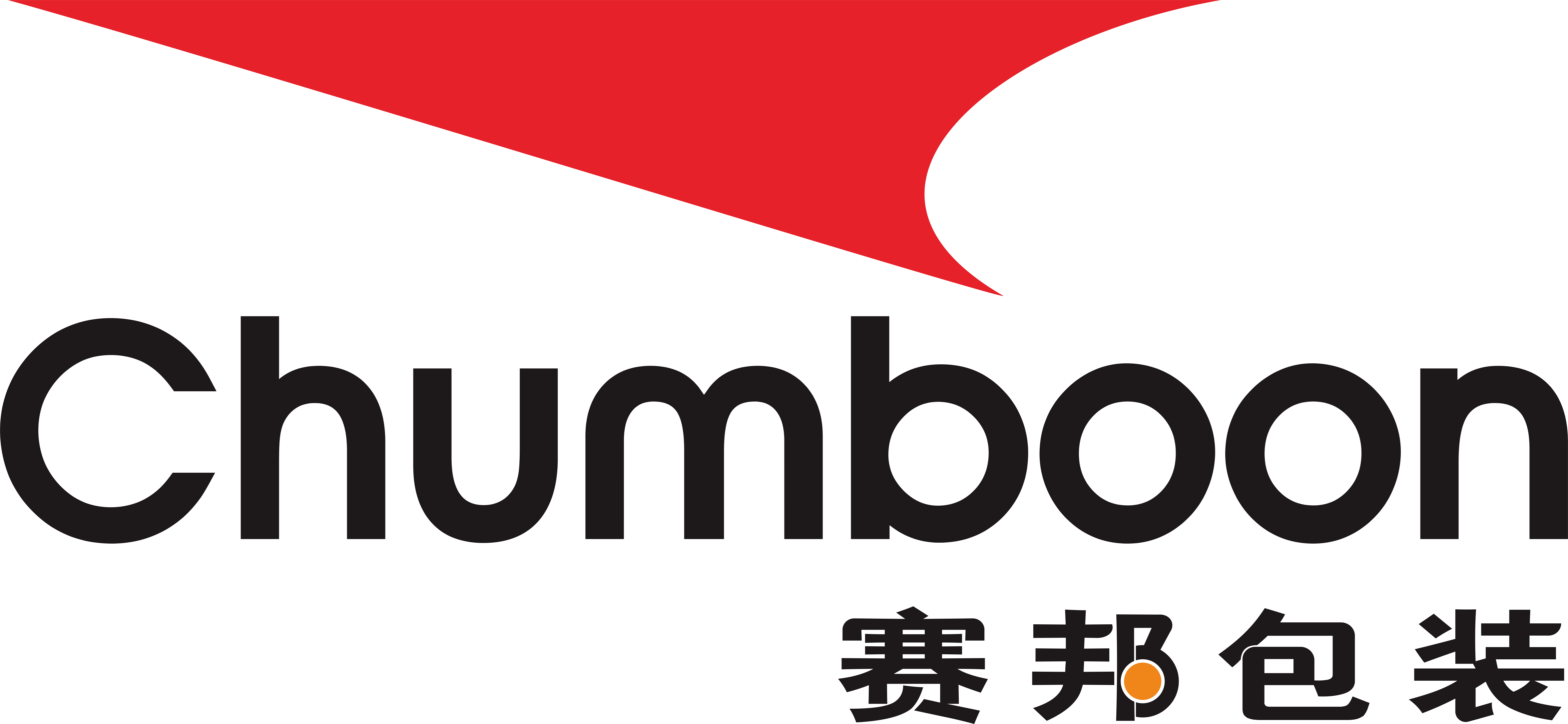With the rapid development of the packaging industry, tinplate sheet has become an important packaging material for many industries such as food, cosmetics, and chemicals due to its excellent anti-corrosion, anti-rust and ductility. Especially in the field of food packaging, tinplate sheet is widely used to make various cans, beverage cans, biscuit boxes, etc.
However, how to print on this material with high quality to make it both beautiful and durable has become the focus of many manufacturers and consumers. This article will explore in depth how to print on tinplate sheet, from process flow, technical difficulties to practical application, and analyze this process in all aspects.

What is tinplate sheet?
Tinplate sheet is a steel product with tin on the surface of a thin steel plate. It has excellent corrosion resistance, good welding performance, and certain mechanical strength. The emergence of tinplate sheet can be traced back to the early 19th century. It was originally used to make canned food packaging. With the advancement of technology, the application scope of tinplate sheet has gradually expanded to beverages, cosmetics, medicine and other fields.
How to print on tinplate sheet?
The process of printing on tinplate sheet is complex and delicate, and usually includes the following main steps:
Surface treatment
Before printing, tinplate sheet needs to undergo a series of surface treatment processes to ensure the adhesion and durability of the printed pattern. These processes usually include degreasing, pickling and passivation. Degreasing is to remove oil and impurities on the surface of tinplate sheet; pickling is to remove the oxide layer; passivation is to increase the surface activity of tinplate sheet to facilitate the subsequent printing process.
Primer coating
After the surface treatment of tinplate sheet is completed, the next step is to apply primer. The function of primer is to increase the adhesion of ink and protect the surface of tinplate sheet from corrosion. Primer is usually made of epoxy resin or phenolic resin coating, which is evenly applied to the surface of tinplate sheet by a coating machine and then enters the drying oven for curing.
Printing
Printing is the core step of the entire process. Common printing methods include offset printing, gravure printing and flexographic printing. Among them, offset printing is the most common printing method. The offset printing process includes the following steps:
● Plate making: The pattern to be printed is made into a printing plate, usually using a photosensitive resin plate or a metal plate.
● Printing: The ink is evenly applied to the printing plate through a roller, and then the printing plate transfers the pattern to the surface of the tinplate sheet. This process requires precise control of pressure and speed to ensure the clarity and consistency of the pattern.
● Drying: After printing, the tinplate sheet needs to be dried at high temperature to solidify the ink and improve the wear resistance and durability of the pattern.
Topcoat
In order to further protect the printed pattern and improve its gloss and wear resistance, a layer of topcoat is usually applied after printing. The topcoat can be transparent or colored, depending on specific needs. After applying the topcoat, it also needs to be dried and solidified.

What are the technical difficulties of tinplate sheet printing?
Although tinplate sheet printing technology is relatively mature, there are still some technical difficulties and challenges in actual operation:
Printing accuracy
Due to the rigidity and ductility of tinplate sheet, pattern deformation and misalignment are prone to occur during the printing process. Especially when multi-color printing is carried out, the precise alignment of each color is required to be higher, otherwise it will affect the final printing effect.
Ink selection
Tinplate sheet printing has high requirements for ink, which needs to have good adhesion, wear resistance and corrosion resistance. At the same time, the environmental protection and food safety of the ink must also be considered to ensure that the printed products meet relevant standards and regulations.
Environmental protection requirements
With the increase of environmental awareness, the treatment of waste gas, wastewater and solid waste generated during tinplate sheet printing has also become an important issue. Enterprises need to take effective environmental protection measures to reduce the impact on the environment and ensure the sustainability of the production process.

Practical application of tinplate sheet printing
Tinplate sheet printing is widely used in many fields such as food, beverages, cosmetics, and medicine. The following are several typical application cases:
Food cans
Food cans are one of the most common applications of tinplate sheet printing. Through exquisite printing patterns, not only can the visual appeal of the product be enhanced, but also rich product information can be provided, such as production date, ingredient list, nutritional content, etc.
Beverage cans
In recent years, the beverage market has been highly competitive, and brand owners have worked hard on packaging design. By high-quality printing on tinplate sheet beverage cans, brand image and product recognition can be effectively enhanced to attract more consumers.
Cosmetic packaging
Cosmetic packaging has extremely high requirements for appearance design. Through fine tinplate sheet printing, packaging boxes with high-end texture can be created to enhance the market competitiveness of products.
Pharmaceutical packaging
In the field of pharmaceutical packaging, tinplate sheet is often used for the outer packaging of medicines, health products, etc. due to its good moisture-proof and light-proof properties. The improvement of printing technology makes pharmaceutical packaging not only beautiful and generous, but also provides clear product information and anti-counterfeiting logos.
In short, tinplate sheet printing, as an important packaging technology, has broad application prospects and market potential. Through continuous technological innovation and process improvement, tinplate sheet printing will continue to provide high-quality solutions for packaging needs in various industries, helping companies to enhance their brand value and market competitiveness.

